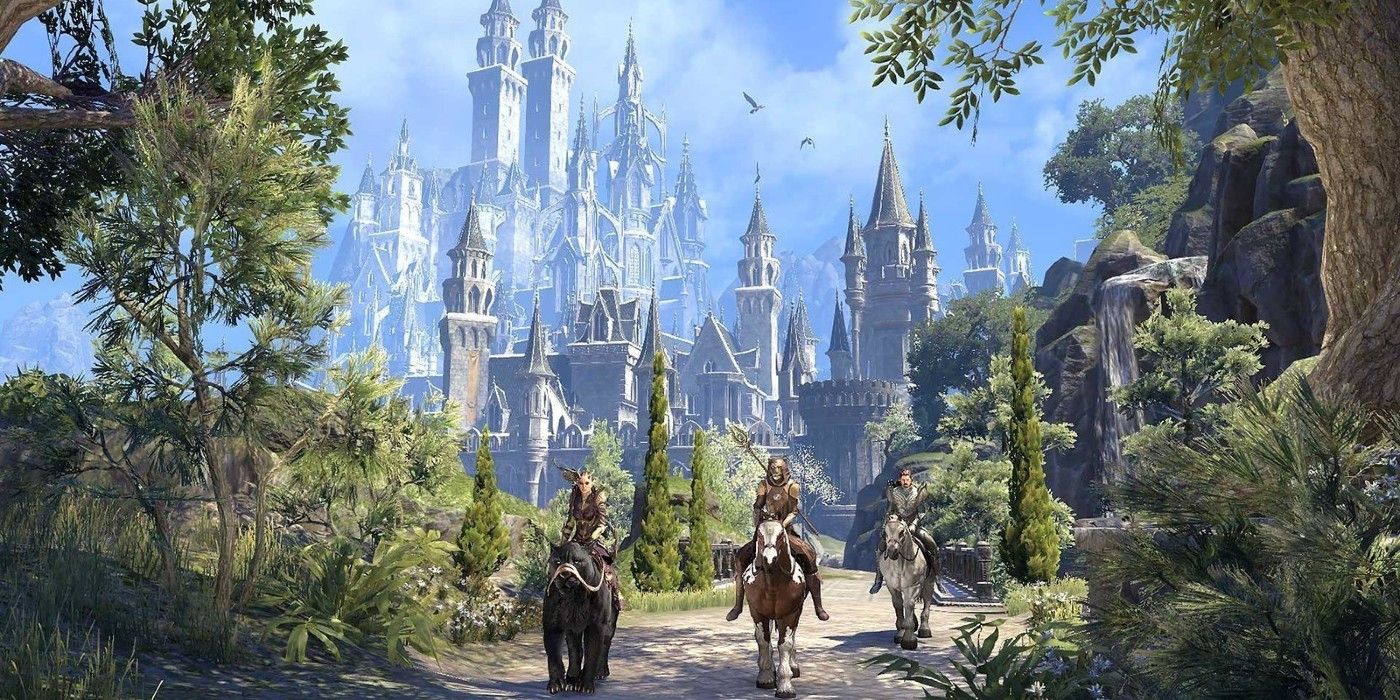
The Elder Scrolls V: Skyrim is widely considered to be one of the best entries in the series, but The Elder Scrolls 6 needs to innovate more than just its graphics to be a great sequel. With it being over a decade since Skyrim's release, and players having little in the way of single-player Elder Scrolls content to keep them occupied in the meantime, player expectations regarding its follow-up are only continuing to rise. This, coupled with fan frustration regarding bugs in Bethesda titles that were released following Skyrim, such as Fallout 4 and Fallout 76, illustrates that Bethesda needs to make Elder Scrolls 6 a significant improvement from previous games in the franchise.
Despite initial success, constant remasters and the lack of a sequel in the years since its release has made Skyrim increasingly stale to some players. By all accounts, Skyrim remains an exciting open-world fantasy game, and with every iteration, it's likely that even more players will embrace their destiny as the Dragonborn to save the world from an evil dragon, defeating bandits, demons, and more along the way. Older players have also been enticed to return to Skyrim, with random encounters, DLC and fanmade mods all greatly expanding the game’s lifespan.
Even so, it's clear that certain players are ready to move on from Skyrim and play a new single-player Elder Scrolls title. Despite the Xbox and Bethesda Games Showcase, PlayStation’s Showcase, State of Play, and other game events held since Bethesda first announced Elder Scrolls 6, fans have received little in the way of information beyond the game’s working title card. Development on the project is slow-moving, with Bethesda confirming Elder Scrolls 6 won’t release until after Starfield's launch in late 2022, meaning that this will be the longest wait for a mainline Elder Scrolls sequel in the franchise's entire history.
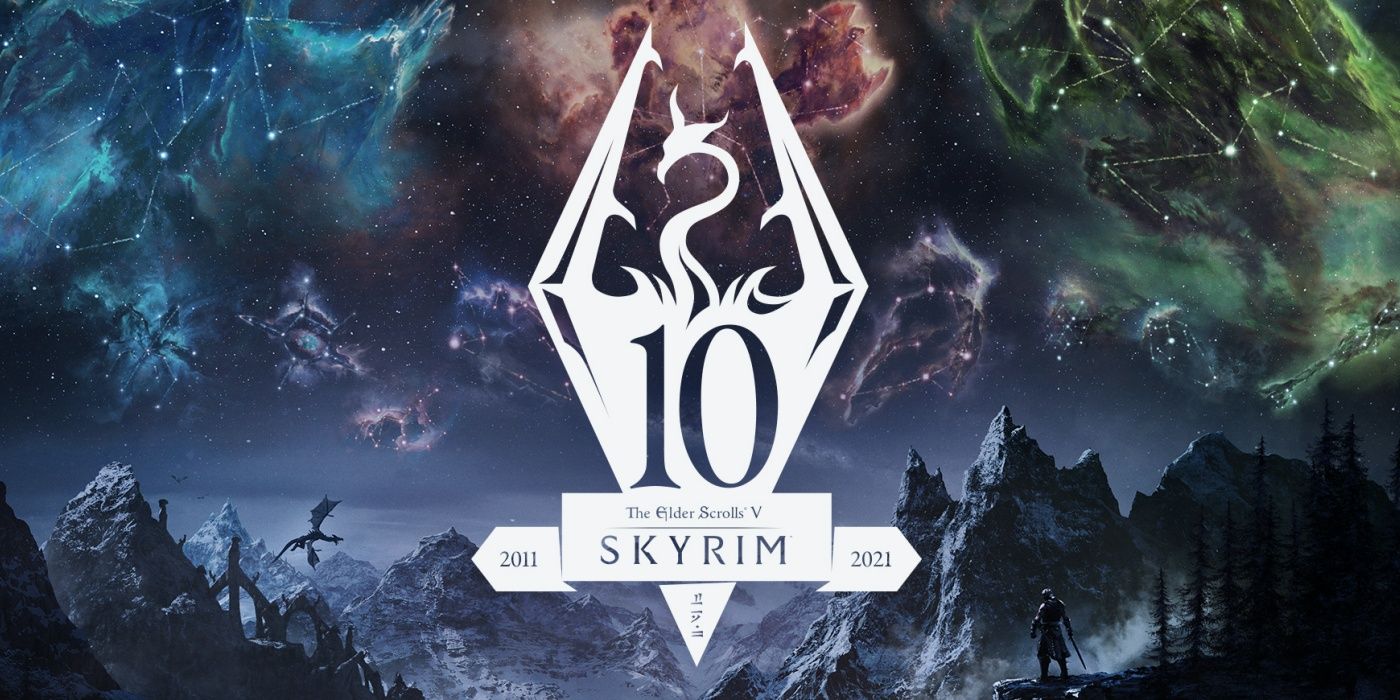
Few video games have been remastered as many times as Skyrim, with the game having seven remasters and re-releases to its name in the past 10 years. Nearly every iteration ported the game to a new system with enhanced graphics, but players who purchased Skyrim on Steam at launch had access to an even better feature. Even if Bethesda hadn’t remastered their game repeatedly, dozens of mods on sites like Nexus provide players with modded game files to enhance in-game graphics. The astounding abilities of fan developers have added to Skyrim greatly, with free content rivaling products worth $60 or more. The modding community also illustrates why Elder Scrolls 6 needs to update Skyrim's mechanics as well as its graphics.
It’s unknown where Elder Scrolls 6 takes place or what players’ roles will be once they arrive, but the setting should offer more diversity than Skyrim. A certain level of realism can improve a game’s aesthetic, but in a world with gods, dragons, ghosts, and zombies, Bethesda should take some liberties with the in-game climate. Locations like Hammerfell and Eleswyr are popular theories on where Elder Scrolls 6 could go, but the desert landscape could be a slippery slope towards another Skyrim clone, in terms of only one climate being depicted. Even when players traveled to another island, the Nord homeland failed to venture beyond forests, rivers, and snowy peaks. A desert environment could be exciting but also become highly repetitive in-game. Implementing mechanics like Breath of the Wild’s temperatures in a Skyrim sequel, or designing areas like oases or tropical forests, could make the game more unique.
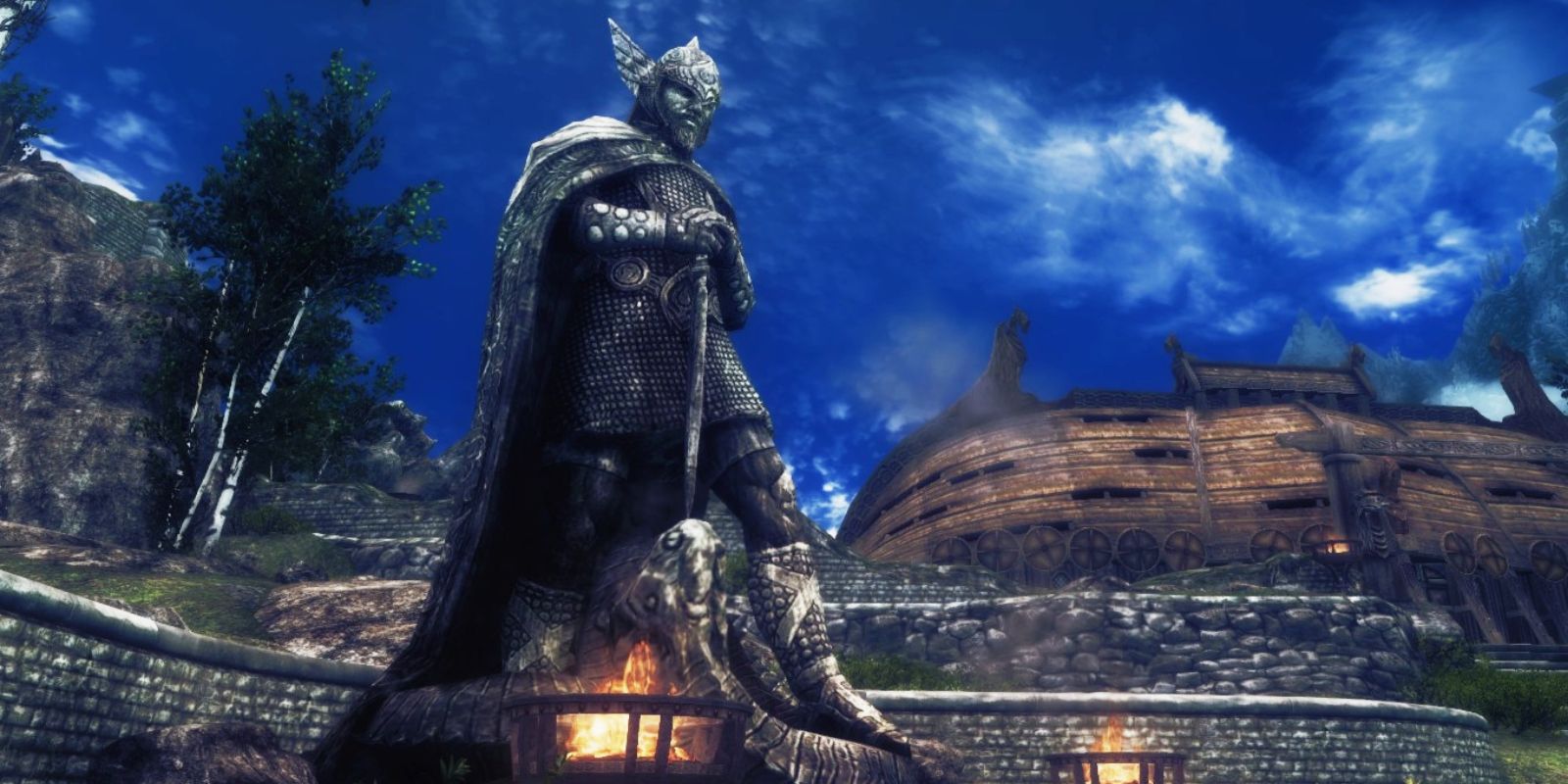
Skyrim created many memorable moments, such as the ‘arrow in the leg’ meme alongside repetitive NPC dialogue, but it took away from in-game immersion. While it’s unlikely any game would provide unique dialogue to every guard in every Hold, the frequency with which these characters repeated the same line became a regular irritant to some players upon entering towns. Additionally, there was little in the way of variation when it came to NPCs reacting to different player characters who may have belonged to different races, with Skyrim's characters reacting largely the same to those who were Nords as anyone who chose to be an Orc. In that sense, Elder Scrolls 6 could make character race matter by increasing the narrative consequences of character creation.
Since The Elder Scrolls began, a few mysteries have permeated throughout the world and remained unanswered. While maintaining a level of mysticism that fits the in-game universe, ‘plot magic’ can only explain so much. Perhaps the most infamous mystery is the Dwemer disappearance, which saw an entire race of advanced architects vanish without a trace. No answer has been offered, alongside a slew of other mysteries, such as the status of different continents, the specifics of Daedric Princes, the Plains of Oblivion, and more. Video game mysteries can perpetuate conversation about the title long past its usual lifespan, but The Elder Scrolls often provides more questions with no answers. Elder Scrolls 6 should solve these hidden questline secrets and mysteries, whether through the various in-game texts or dedicated side quests and story missions.

Between Skyrim and Elder Scrolls 6, CDPR released the next open-world fantasy comparison: The Witcher 3: Wild Hunt. Though players are given a static protagonist with Geralt of Rivia, the vast expanse of the base game and DLCs are filled with meaningful quests, colorful characters, and haunting powerlessness to solve all the world’s problems. The Elder Scrolls frequently embraces the hero coming to conquer an all-seeing, godlike villain. Still, looming forces like the Aldmeri Dominion can’t be defeated by brute force. Skyrim failed to embrace larger conflicts, delegating players to choose a side in Skyrim's Civil War despite the presence of a larger threat to the country. Where Witcher 3 rewarded players for gathering more information from their environment, Skyrim blocked players into illogical conflicts without opportunities to utilize the knowledge scattered throughout books, documents, and conversations shared with NPCs.
If Elder Scrolls 6 is to conquer the current market of open-world RPGs and defeat competitors in the future, then it should adopt branching narratives and a more cohesive main storyline, so that players feel more empowered and influential. The deaths of beloved NPCs, heroic victories, and acquiring unique abilities in previous Elder Scrolls titles stemmed from a script rather than a direct correlation with gameplay. For example, the death of Martin Septim, Lucien LaChance, and Kodlak wasn’t a direct result of the player’s actions. Elder Scrolls 6 needs to let players make difficult choices with different consequences that develop the protagonist. Whether this means Bethesda moves away from fully customizable characters in the name of increased player character personality along the lines of Fallout 4 isn't certain, but the franchise would benefit from introducing more narrative agency for the player.
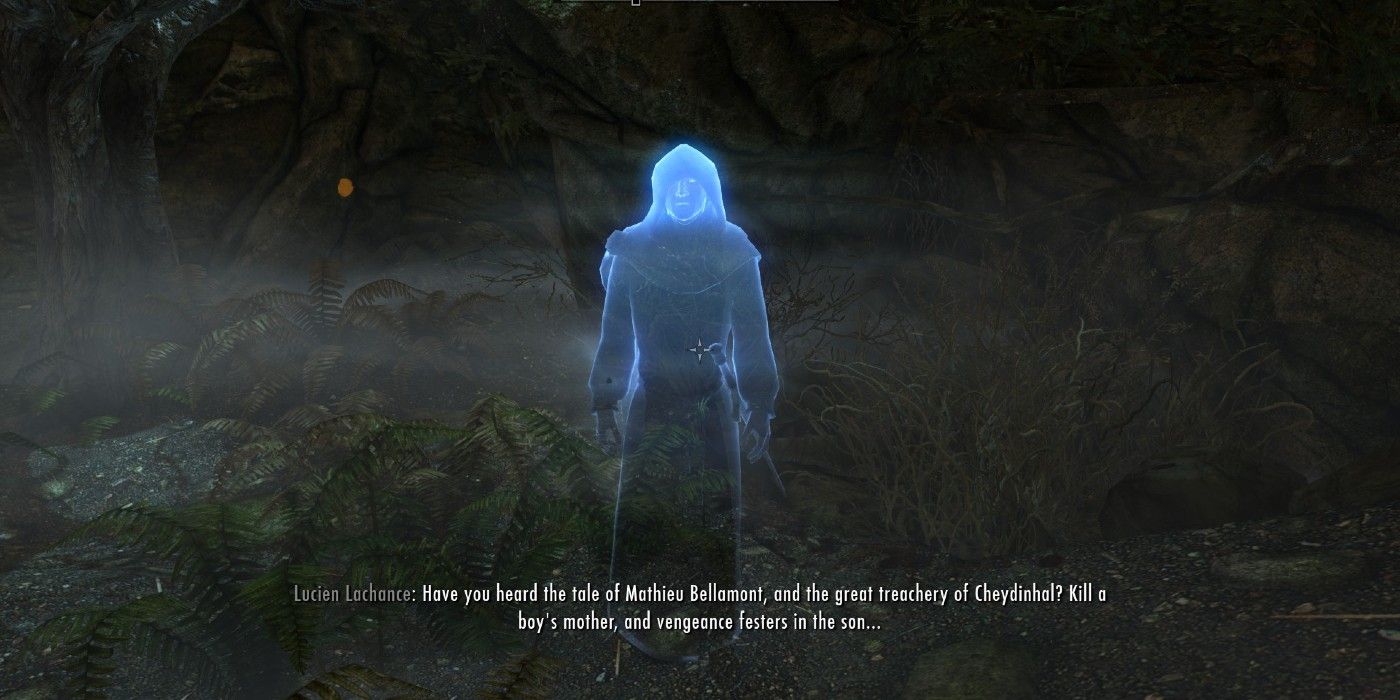
Skyrim often held the player's hand when guiding them through missions. The Dragonborn’s quest log failed to encourage creative solutions to missions despite the identical level design and cities featuring linear structures. Instead, killing a morally corrupt quest giver or siding with the ‘wrong’ character resulted in an automatic fail and barred players from total completion.
Elder Scrolls 6 can deviate from Skyrim's more linear approach by giving more power to players. One of the most infamous quests in Skyrim is the Blades’ decision to kill Paarthurnax. Despite the existence of player choice, Bethesda frequently implements a set canon into the main storyline, giving players few opportunities to control their destinies. Instead of resorting to railroading narrative choices, Elder Scrolls 6 needs to adopt a more open, welcoming form of storytelling.
Video game series like Dragon Age and Mass Effect openly encourage and react to player choices, changing cutscenes, in-game reputation, and leading to different endings. The Elder Scrolls franchise once enjoyed this level of narrative freedom but moved towards singular endings for its recent entries. Elder Scrolls 6 needs conversations and actions that carry long-lasting consequences to keep up with current open-world titles. Even games like Red Dead Redemption 2, which featured unavoidable story missions and static endings, allowed players to take control of various gameplay aspects that affected the player character’s relationships. Elder Scrolls 6 could benefit from similar mechanics, embracing the roleplaying aspect of its genre.
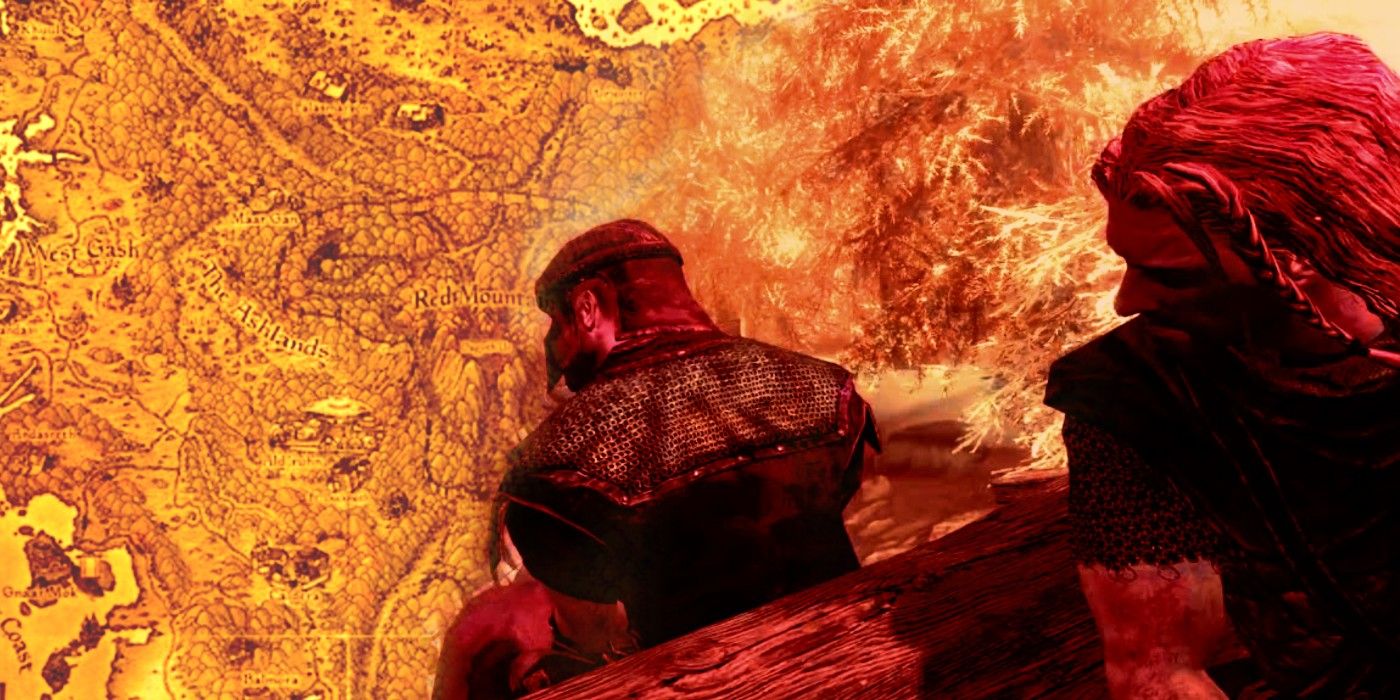
Recent titles like Red Dead Redemption 2, Witcher 3, and GTA V outshine Skyrim with massive maps. While bigger doesn’t always equate to better, more space opens the opportunity for more in-game activities. Skyrim is filled with random encounters, hundreds of side quests, thousands of items, and countless conversations, providing hundreds of hours of content. Though this was revolutionary at the time, these features have become the norm for many titles. Elder Scrolls 6 needs to continue producing quests and activities, and expand to match other titles that occupy the same genre.
Despite Skyrim’s impressive game time, its gameplay loop could run the risk of becoming repetitive. Each guild provided a unique storyline alongside the main quest, but side quests largely followed the same formula. More often than not, players delved into Draugr infested dungeons with similar (or identical) appearances, with little variation in enemies, puzzles, or gameplay mechanics. Instead of recycling Skyrim’s repetitive assets and mission types, Elder Scrolls 6 needs new content features. Increasing available activities to include activities like horseback racing, animal taming, political manipulations, and more.
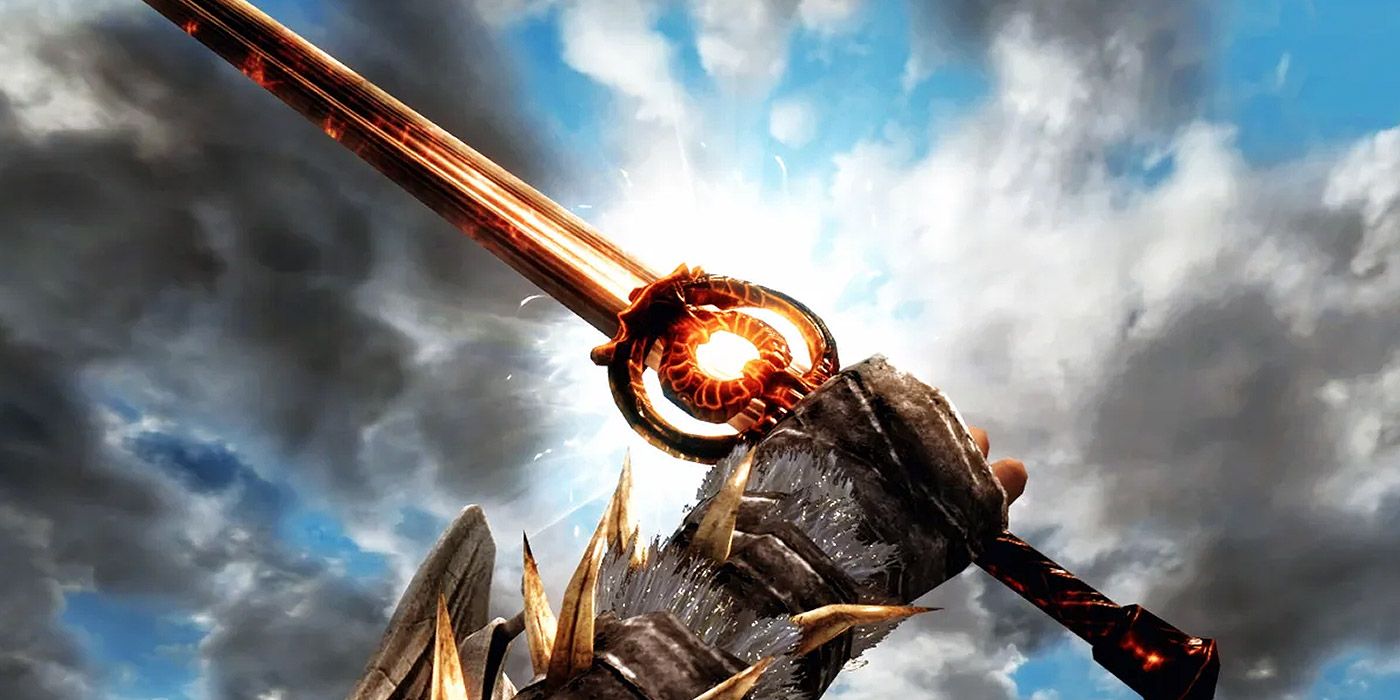
Despite the size and scope of Elder Scrolls, Bethesda restrained players from venturing beyond standard medieval, fantasy combat. Swords, shields, daggers, and magic are just a few of the weapons players can use to defeat their enemies. This combat style has become par for the course in many fantasy RPGs, but Skyrim, Morrowind, and Oblivion all failed to diversify the basic click-and-swing, point-and-shoot mechanics frequently implemented elsewhere.
The use of scrolls and Dragon Shouts in Skyrim helped diversify some confrontations, giving players a vast arsenal of powers. Unfortunately, Bethesda restricted warriors of all skill levels to ground combat. Skyrim’s Dragonborn DLC allowed players to ride dragons and rain fire below but couldn’t control their mount’s movements. Instead of resorting to the same combat systems, Elder Scrolls 6 needs to innovate on its fantastical warfare to make the decade-long wait worth it.
Skyrim’s Dragonborn DLC had the right idea when it incorporated an ability for players to ride dragons, as it improved both combat and navigation. Now that dragons have returned to Tamriel, this trend could continue to provide a vast array of new gameplay opportunities when it comes to combat and navigating the open-world map. In addition, climbing mechanics, aerial combat, and naval conflicts would help expand the main Elder Scrolls games beyond ground combat and reach new heights altogether. Games like Horizon Zero Dawn, Assassin’s Creed: Black Flag, and Century: Age of Ashes all feature great aerial and naval gameplay respectively, and it would be great to see similar systems implemented in The Elder Scrolls 6.
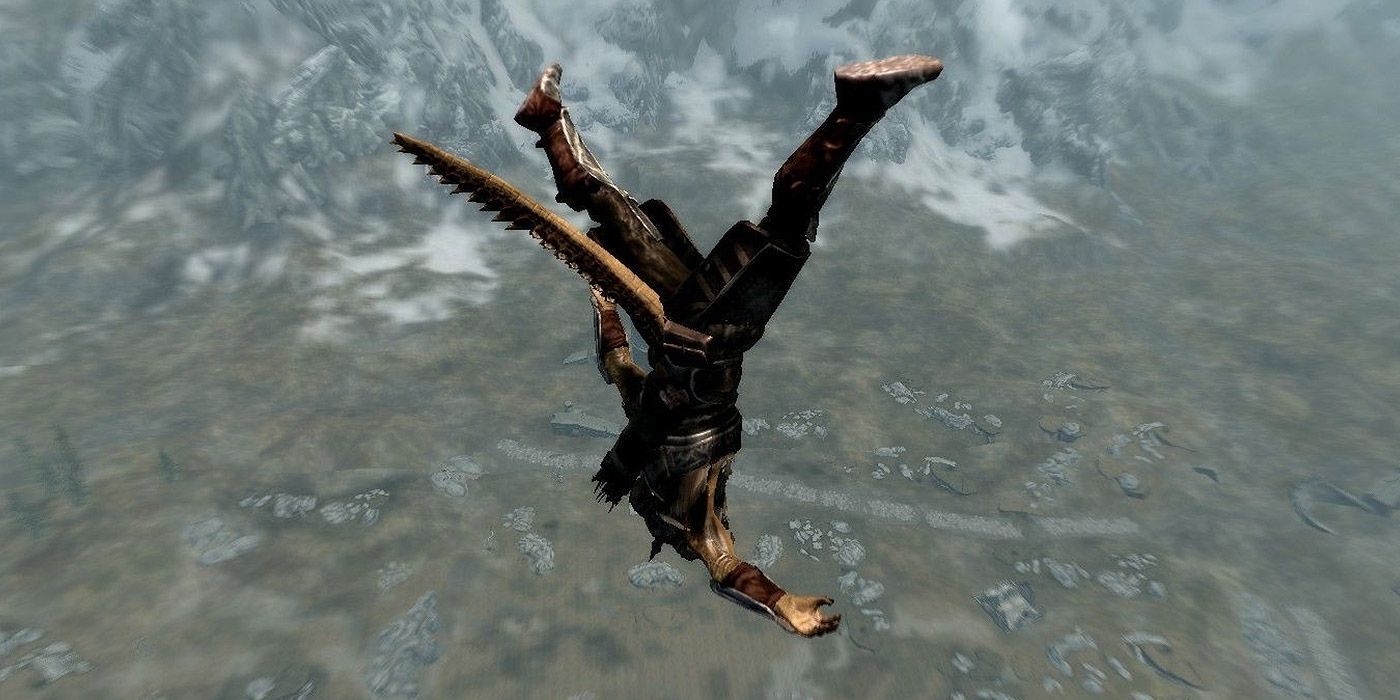
Despite Skyrim’s popularity, many aspects of its gameplay and world haven’t aged well, with bugs and glitches particularly noticeable. Many of these glitches have been forgiven by fans due to Skyrim’s age and the game’s reputation, but there's evidence to suggest that players today would be less forgiving were Elder Scrolls 6 to release in a similar state. Cyberpunk 2077’s bad launch illustrates the importance of ensuring games launch in a polished state, with Bethesda's own Fallour 76 providing similar learning opportunities. With over a decade of development and planning, and with fans seemingly growing less patient with the bugs in Bethesda's other titles, The Elder Scrolls 6 needs to be significantly less buggy than its predecessors.
In the decade since Skyrim’s release, player expectations have risen exponentially. Innovations seen over the previous two console generations have yielded seminal releases in Red Dead Redemption 2, Horizon Zero Dawn, Breath of the Wild, and more, and Elder Scrolls 6 needs to be just as good. However, Elder Scrolls 6 doesn't just have to contend with other releases in the open-world genre - it also has to match RPGs like Baldur’s Gate 3, Pathfinder: Wrath of the Righteous, and BioWare's Dragon Age, and Mass Effect series. Elder Scrolls 6’s will have to innovate in a great many areas in order to match these other RPGs, including storytelling, combat and navigation, as well as overall polish and presentation.
Elder Scrolls V: Skyrim has proven an invaluable asset to Bethesda over the past decade, but there are only so many times it can be repackaged for new and older players. The time between Skyrim and Elder Scrolls 6's eventual release has increased pressure for Bethesda to deliver a unique product, with divisive releases like Fallout 4 and Fallout 76 also contributing to the sense that Elder Scrolls 6 needs to mark a return to form for the studio. In any case, Elder Scrolls 6 can't just be Skyrim with flashier graphics, and should introduce a raft of important innovations to the series in order for it to be worth the long wait.
Next: Skyrim's Best Free Companion Is A Beloved Oblivion Character's Ghost
from ScreenRant - Feed https://ift.tt/3nH7DMG
via IFTTT
No comments:
Post a Comment